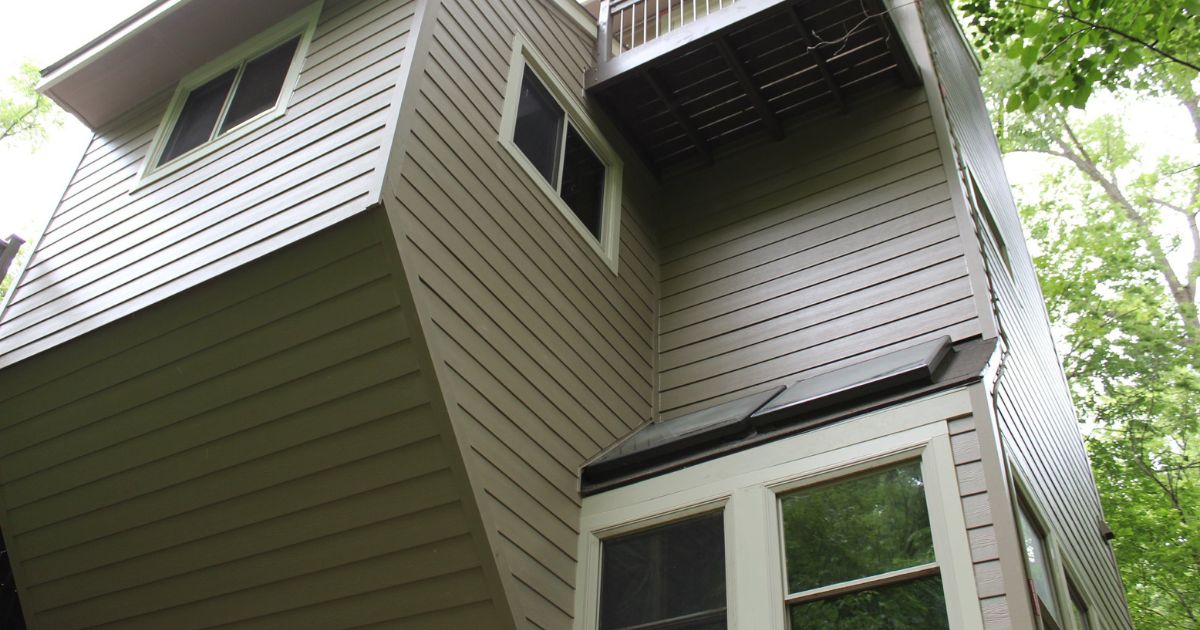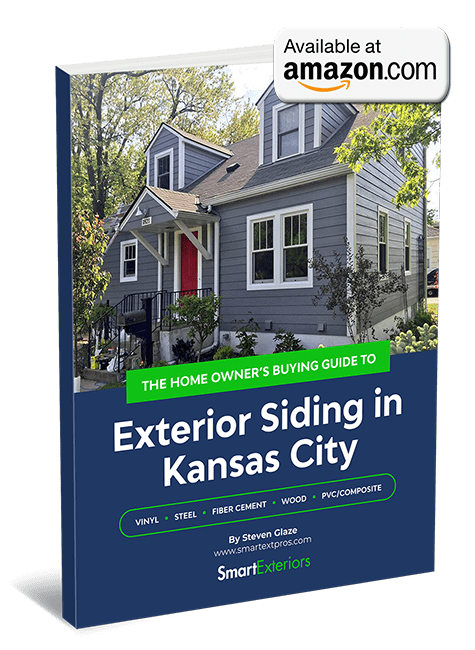Do termites, carpenter ants, and woodpeckers plague your home? Perhaps even just the thought of them attacking your house makes you frustrated—and understandably so. These pests can cause a lot of damage before you even realize it. By the time you spot the issue, your dwelling could have costly problems in siding, trim, window frames, and structural elements. Not good!
But there is a solution—a layer of strong, pest-resistant James Hardie fiber cement siding. Here’s what makes this siding material so effective at standing up against insects and other pests.
Factors that Make Hardie Siding Unappealing to Pests
Sure, Hardie siding is renowned for its vibrant beauty and lasting performance against harsh weather. But it’s also superb at resisting insects and woodpeckers—and that’s all due to the unique, proprietary material that gives it such impressive results on your home.
Makeup that Doesn’t Feed Pests
A major reason pests are attracted to a home is simply that they’re looking to eat. Termites feed on wood, so your siding needs to prevent the wood elements of your structure from being vulnerable.
Fiber cement is a perfect choice when you don’t want to feed critters—because it’s inedible. Hardie siding is made up of elements that can’t be digested, such as Portland cement and sand. This manmade material isn’t toxic; it just doesn’t provide a meal for insects. So, pests go elsewhere (away from your house) to get food.
Strength to Prevent Pests from Wearing It Down
Another reason insects, birds, and other creatures seek out your siding is to create a safe, cozy place to live. (A lot like people, right?) Carpenter bees and carpenter ants, for example, like to dig into wood to build a nest. They do this by creating numerous tiny holes that weaken the wood and make it susceptible to rot. And then termites and powderpost beetles are drawn to the rotting wood to burrow in and lay eggs, making the issue worse.
You can avoid this glaring problem when you install Hardie siding, which can’t be easily damaged, worn away or burrowed into. Since insects can’t dig into it, they leave it alone and find a better place to make their nest. (So do woodpeckers and other birds, which often drill into wood seeking insects to eat. No bugs, no woodpeckers!)
Snug Fit with No Gaps Pests Can Sneak Into
Surprisingly, how your siding responds to the weather can also make it more vulnerable (or less) to pests. Wood and vinyl both tend to expand and contract as temperatures rise and fall. This movement can loosen your siding and create gaps between the boards and the wall underneath. Insects can easily invade those spaces and start damaging your house’s structure!
Fortunately, Hardie siding and trim are specially manufactured to remain snugly in place in all sorts of weather. Fiber cement doesn’t easily expand or contract, so you end up with a tight fit that doesn’t create gaps. You can have confidence your Hardie siding won’t allow insects to take advantage of your house.
Say Goodbye to Pests for Good with Insect-Resistant, Durable James Hardie Siding
When you home is ready for an exterior makeover that gives you peace of mind, pest-resistant Hardie siding is well worth the investment. Our experts are ready to serve you with a precision installation of America’s #1 siding choice! Learn more about the value you’ll enjoy when you choose James Hardie siding from Smart Exteriors.

